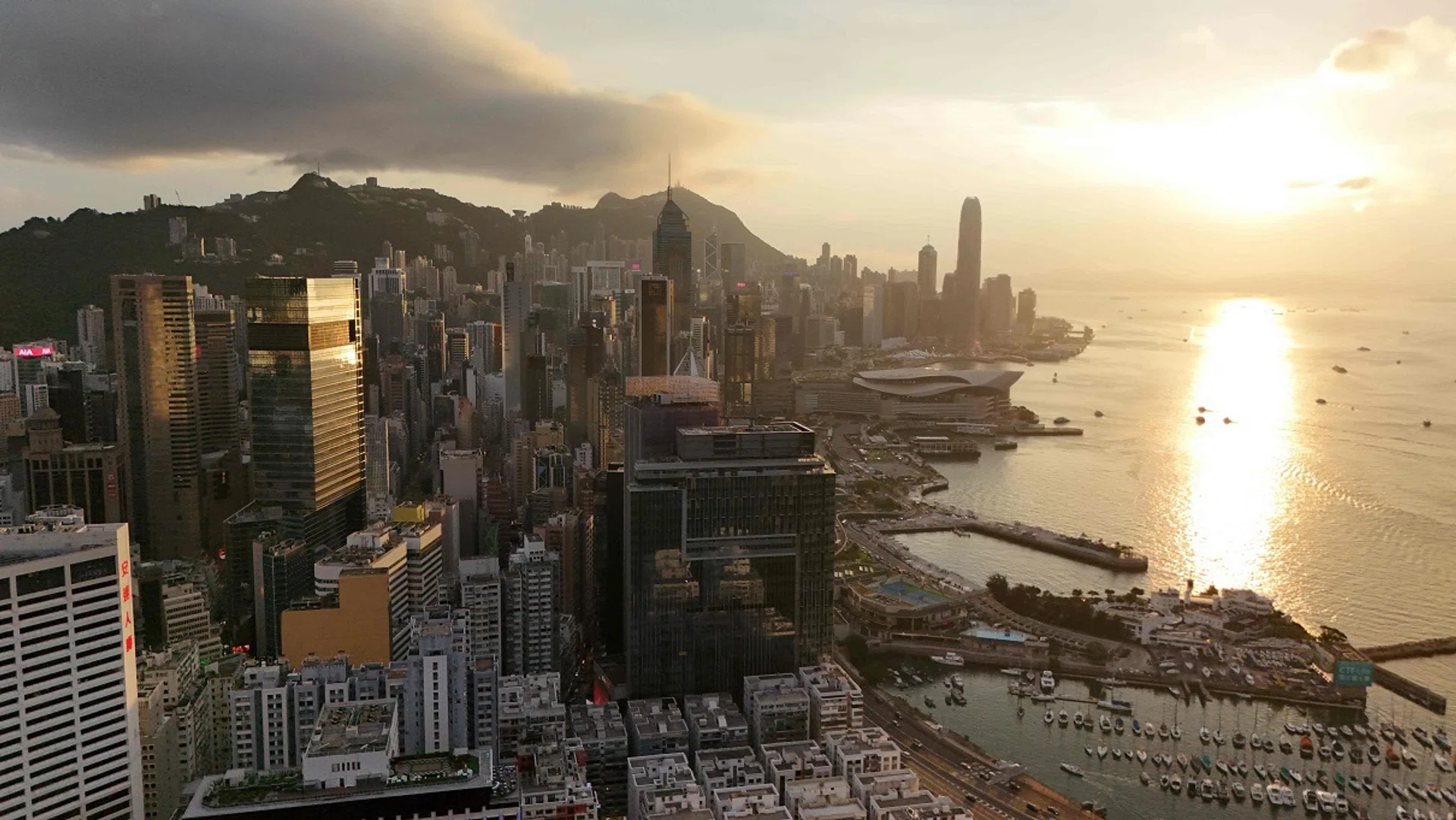If last week was a warning, this week might offer no reprieve. Especially as India’s own monetary policy committee meets under the shadow of cascading geopolitical risks, the interplay of trade and currency wars merits sharper scrutiny from policymakers and practitioners alike.
The principle that “an eye for an eye makes the whole world blind” has long been a diplomatic caution, not merely a moral proposition. Yet, as the US doubles down on tariff aggression and China returns fire, what we are witnessing is less about short-term economic retaliation and more about the unravelling of global trust. Tariffs were once tools of negotiation; now, they are weapons of attrition.
Markets, ever hopeful for a reversal, closed on Monday with a bitter taste. Hopes that Washington would soften its posture over the weekend were dashed. Instead, the tone has hardened, with China’s retaliatory measures prompting fears of further escalation. As the People’s Bank of China maintains tight control over the Yuan’s fixing, the world now watches a single number—7.20—with uncommon anxiety. Should the PBOC breach this level, it may well be interpreted as a clear sign that China is prepared to absorb long-term pain in order to rewrite the rules of engagement with the West.
This is not a normal episode of market friction; it is a phase shift. And history cautions us that when long-standing orders collapse, they do not do so neatly. The effects ripple outward—first through market volatility, then through currency dislocations, and eventually through political recalibrations. Should China devalue its currency as a countermeasure, it will likely set off a domino effect across Asia. No economy in the region will want to risk losing export competitiveness by maintaining a relatively stronger currency. Thus begins the race to the bottom.
What is equally alarming is the weakening of the very institutions meant to manage global trade turbulence. The World Trade Organisation, already diminished in authority, is now unable to arbitrate or even meaningfully intervene in unilateral actions taken by major economies. The paralysis of dispute resolution mechanisms underscores a deeper malaise—where the global trade architecture is being sidelined by power politics. In such a world, where rules are selectively applied or entirely abandoned, transactionalism takes precedence over trust, and economic diplomacy loses its institutional guardrails.
India, though not a direct player in this US-China tariff showdown, is not insulated from its consequences. The very structure of our economy—integrated as it is into global value chains, capital markets, and commodity flows—makes us vulnerable to such shifts. It also calls for prudent and anticipatory action from our institutions. As the RBI MPC meets this week, the usual calculus of inflation and growth must be reoriented to include the global volatility premium. A currency war is not just an economic event; it is a stress test of institutional credibility and macroeconomic resilience.
More specifically, a prolonged trade and currency war will likely amplify energy and commodity prices—translating into imported inflation for net importers like India. This puts the central bank in a policy corner: does it prioritise inflation control, or does it provide support for slowing growth amid external shocks? This complexity makes monetary policy, in moments like this, far more than a domestic tool—it becomes a critical buffer against global disorder.
The financial markets are already absorbing tremors, but the threat of contagion remains very real. Capital tends to flee ambiguity. Should the Yuan be allowed to slip significantly, triggering similar moves across Asia, investor sentiment in emerging markets could sour rapidly. This would place intense pressure on currencies, bonds, and equity valuations alike. Sovereign risk premiums could rise, forcing central banks into defensive stances regardless of domestic fundamentals. Volatility, in such a scenario, is not just probable—it is structural.
The deeper worry is not merely economic. Trade wars, once set in motion, acquire a logic of their own. But it is precisely this disruption of trade flows that corrodes diplomatic bandwidth, frays multilateral forums, and weakens the incentive for dialogue. In a world where trade is weaponised, peace becomes collateral damage.
There is an urgent need to develop a strategic doctrine on trade sovereignty—one that ensures our exposure to global shocks is managed, our currency policy is nimble, and our supply chains are robust. We must diversify both our export markets and import dependencies. We must invest in negotiating trade agreements that reflect a multipolar world, not one held hostage to great power rivalries. Most importantly, we must assert our voice in global economic governance, not as a passive participant but as a shaping force.
Tariffs, at their core, are a tax on cooperation. They signal a retreat from interdependence. But for a world already reeling from the pandemic’s aftermath and geopolitical flux, their weaponisation could trigger second- and third-order consequences—ones that outpace any model or forecast. When systemic predictability breaks down, the cost is not just volatility; it is disorder.
There are decades when nothing happens, and weeks when decades happen. This past week was the latter. The choices made in the coming weeks—by central banks, trade ministries, and heads of state—will either cement this slide into disorder or reclaim the principles that once made global trade a force for peace.
—The author, Dr. Srinath Sridharan ( @ssmumbai), is a Corporate advisor & Independent Director on Corporate Boards. The views expressed are personal.
Read his previous articles here







